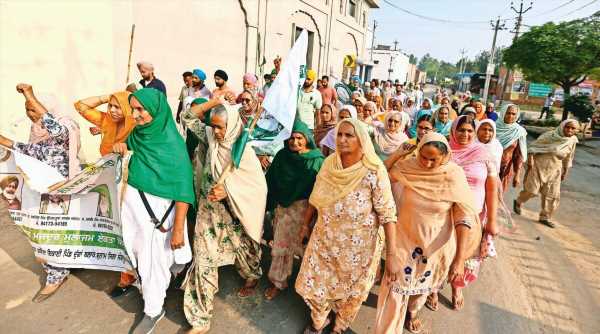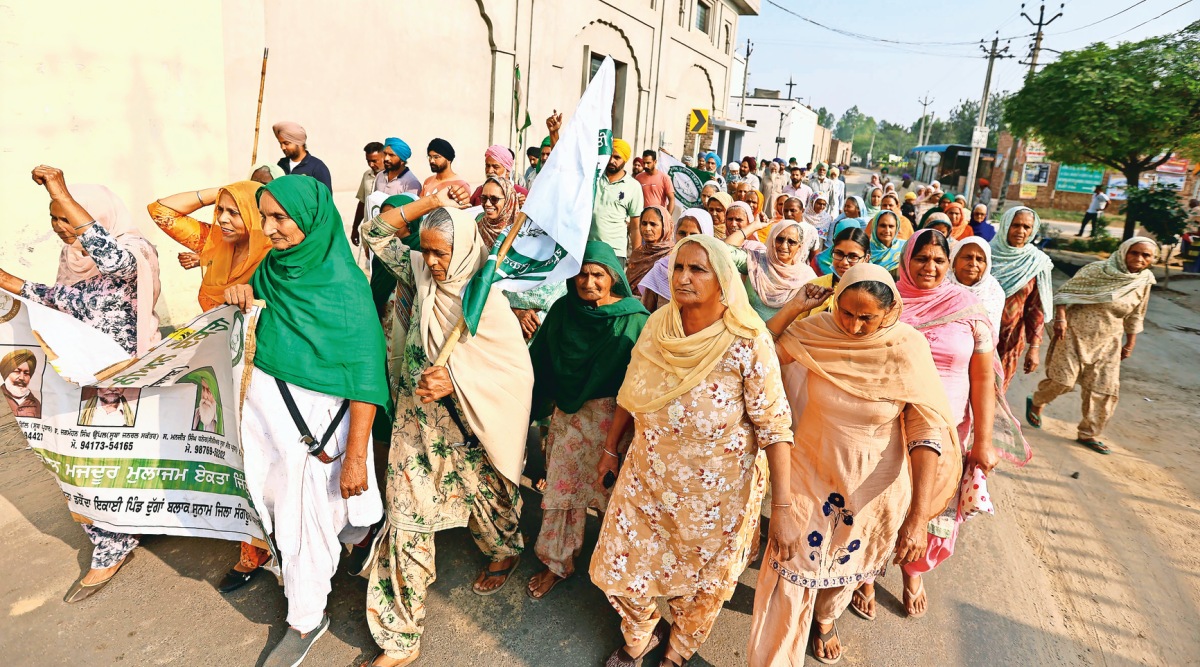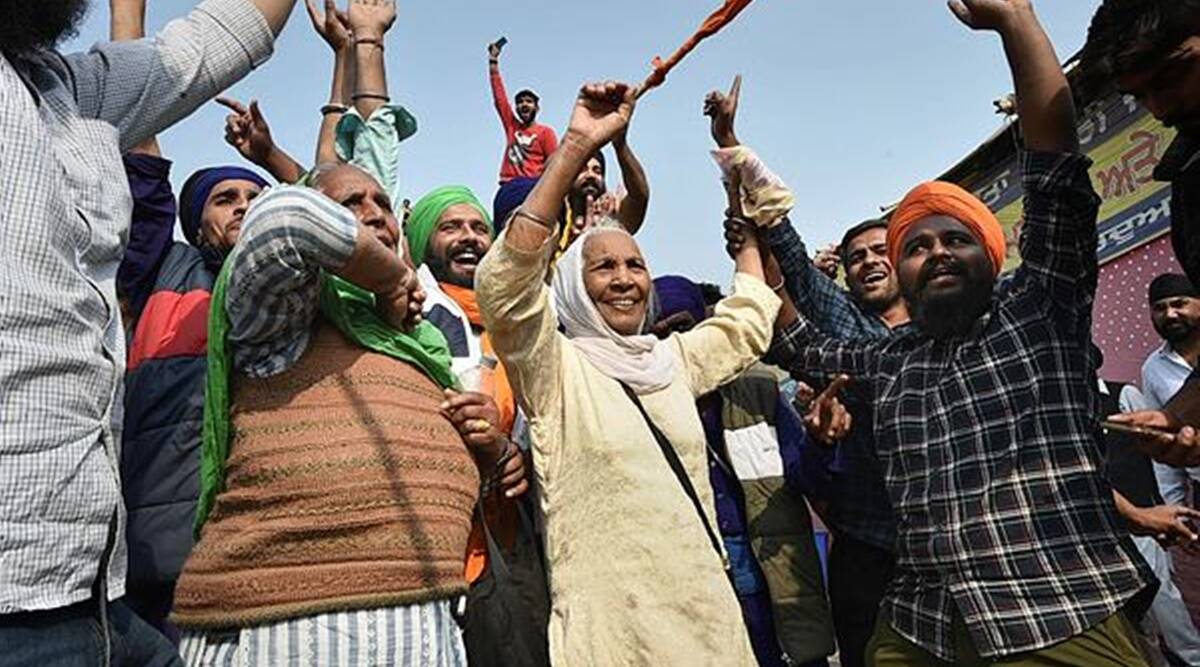For now, the villagers are preparing for the next trip to Singhu, on Sunday (November 21).
IT began with a small motorcycle rally that wound its way through the lanes of the village. That was on June 7, 2020. The entire country was under a lockdown to control the pandemic, but in Duggan, a village in Sangrur district of Punjab, there was something else that agitated the villagers: a couple of days ago, three farm ordinances had been promulgated by the President of India and some of the villagers, among them over a 1,000 retired government employees, thought it was important to educate the small farmers of the village about the “dangers” in the proposed laws.
“We understood the ordinances, and quickly realised that we are not ready for this 360-degree change in farming. This village has over 3,700 acres of farm land and nearly 60 per cent of the farmers own less than 5 acres. We knew that these new laws would kill the small farmer. A few of us sat together and discussed the ordinances on June 5 last year, when few people even noticed them,” says Kuldeep Joshi, 63, a villager who retired as inspector from the Punjab Police’s Vigilance Bureau.
And thus, a spark was lit, with the movement soon spreading across the state and later to neighbouring states and the national Capital.
“A little more than 17 months have passed and we are still strong. Dilli Chalo (when farmers marched to Delhi) happened on November 26, when 35 tractor-trolleys from our village went to Delhi. But we Punjab villages were up in arms much before that,” says Joshi.
“A number of villages slowed down after the Republic Day violence or stopped the agitation for a while, but Duggan village kept at it. They have been the most consistent village,” says Jagmohan Singh Patiala, state general secretary of BKU Dakaunda.
Joshi says 52 farmers represented Duggan village at the Muzaffarnagar mahapanchayat. Besides, every Sunday, a bus would take 40-45 villagers to Singhu or Tikri and bring back a batch of those who had already been protesting there. “This is our own struggle. We did all on our own, using our personal expenses. We never stopped,” he says.
This village, with a population of 10,000, has 52 acres of nazool land, common land that has been given on annual lease for Rs 70,000 an acre. “We usually use this fund for development work in the village. But since the morcha began, we have been using the money to sustain the agitation,” adds Joshi, adding that the village spends around Rs 25,000 every week on the agitation.
Gurcharan Singh, 65, another villager, says, “We collect ration from time to time and deposit it in the village gurdwara. So whenever one jatha leaves for Delhi, they take some stock out of that pooled ration. We send 100-200 litres of milk every week for which every house contributes, even if it is one glass.”
Satnam Singh, 33, another villager who owns 15 acres, says, “I spent around six months at Singhu and Tikri. In my absence, my neighbour took care of my crops and I did the same when he went to Delhi. People called us ‘rich farmers’. But the fact is, we managed only because we helped each other and had the heart to donate. It took the Central government over a year to understand everything.”
Gurmail Kaur, 60, president of the women’s wing of the farm union in the village, says, “Women from the village went regularly to Delhi and to local morchas in Sangrur city, toll plazas etc. We not only did langar sewa but also managed the morchas. We can manage a protest site as well as we do our homes.”
Gurmail says the gurdwara langar in the village regularly supplied sweet rice and dal-roti to the protest site at the Sangrur railway station.
For now, the villagers are preparing for the next trip to Singhu, on Sunday (November 21). Roop Kaur, 65, will be part of this batch of 40.
On Saturday, as she packs for the trip, she says, “We will continue our protest till the laws are repealed in Parliament. But this time, we going on a happy note: we won.”
Source: Read Full Article



